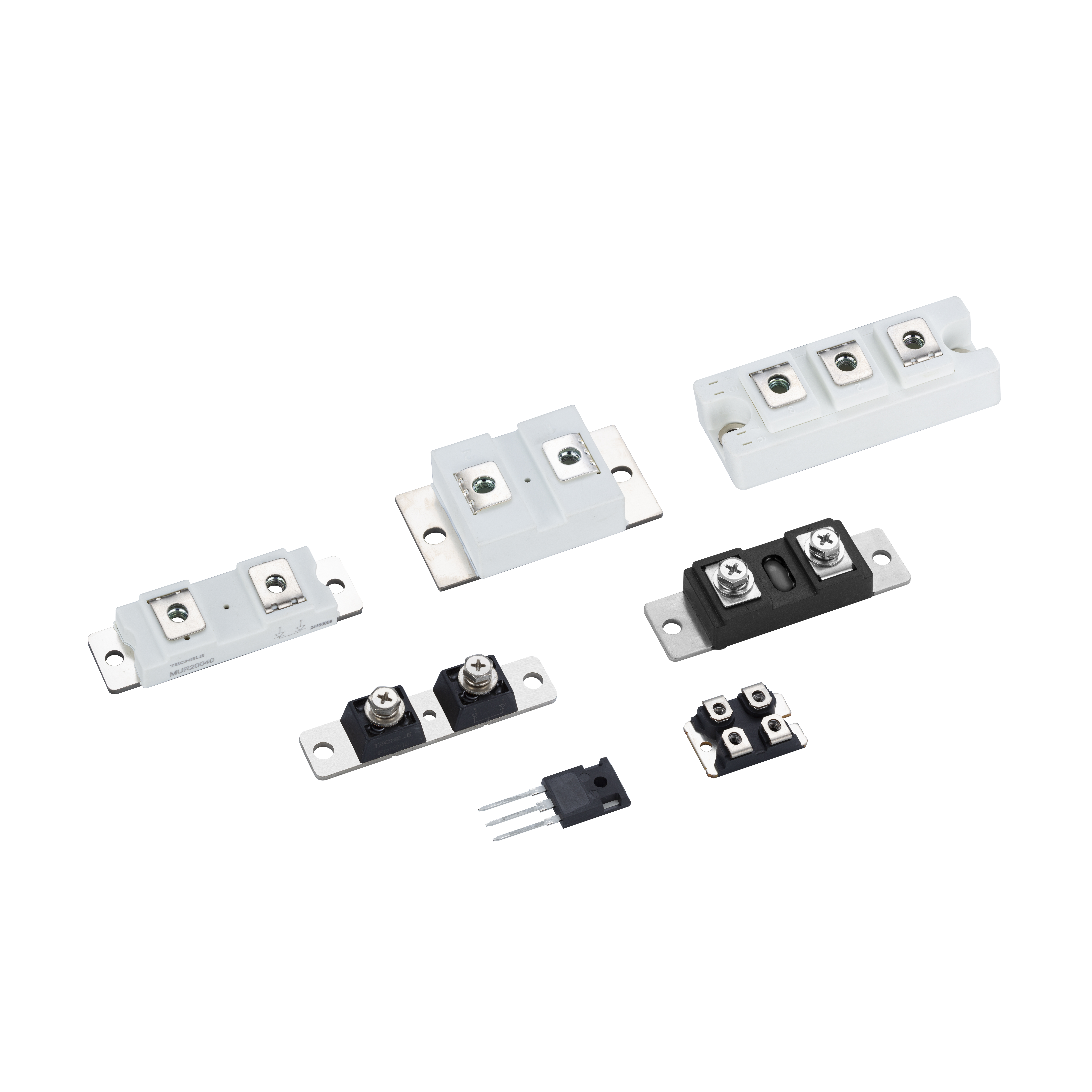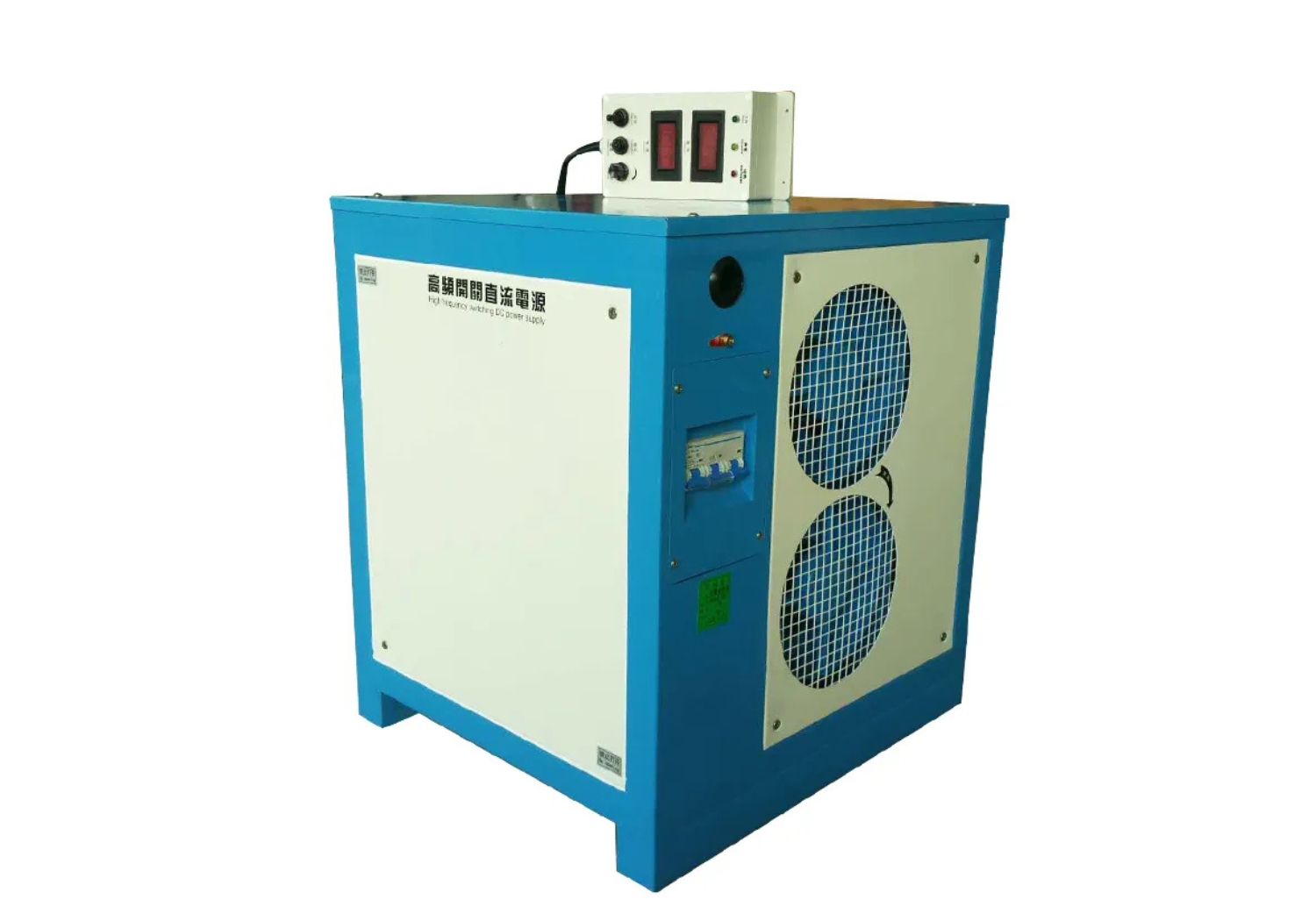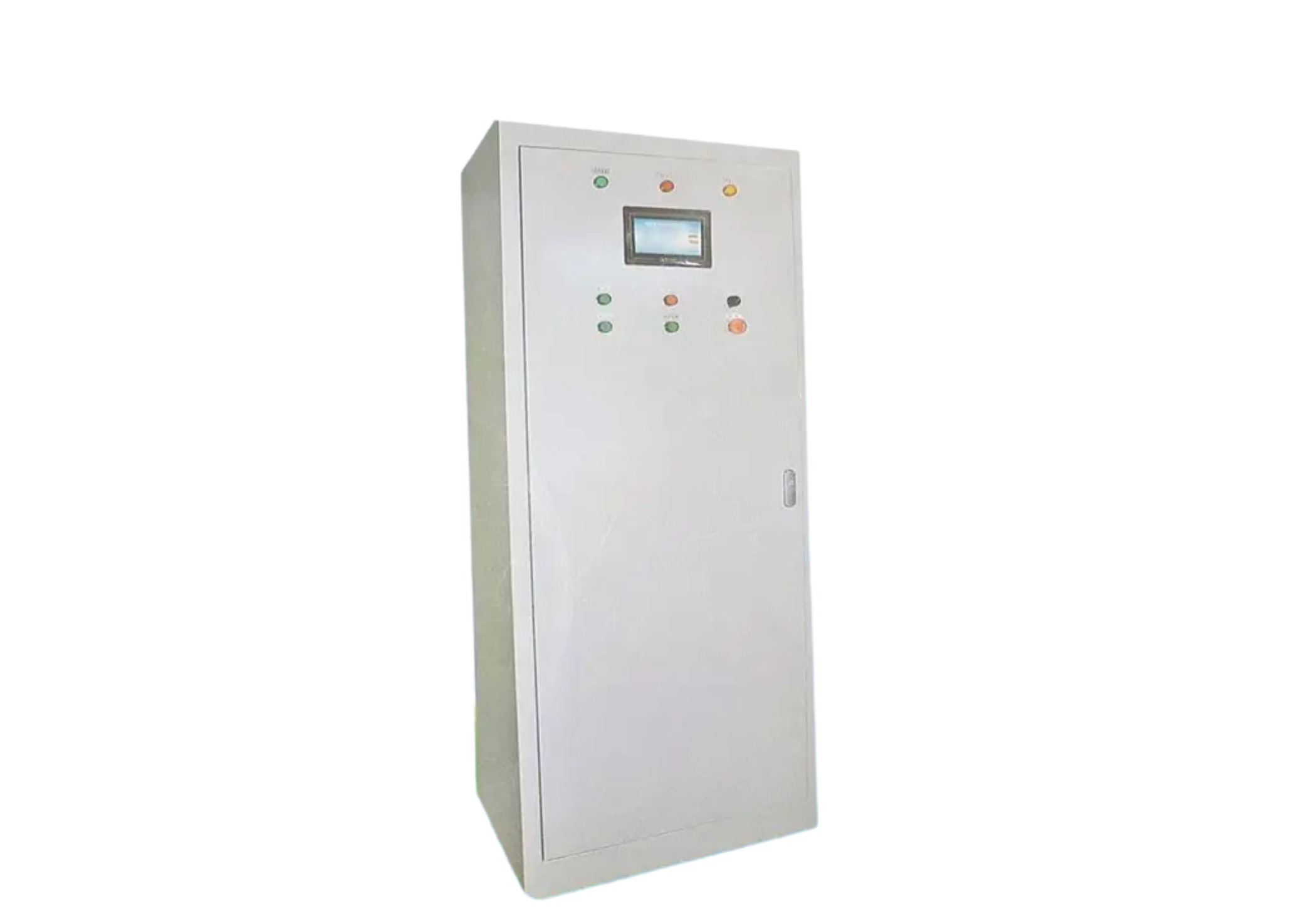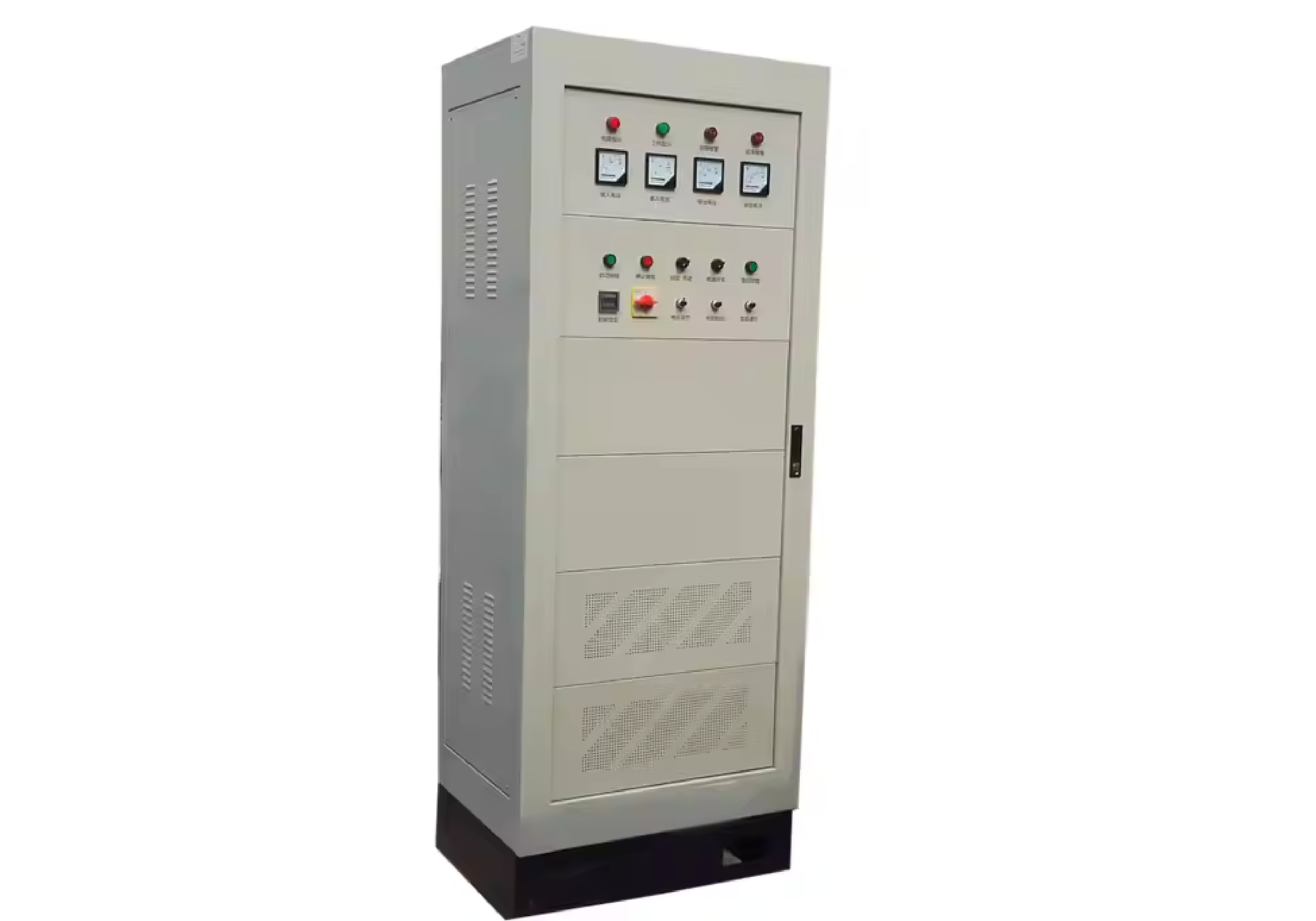Safety and Usage Precautions for Thyristor Modules in Industrial Applications
In industrial settings, thyristor modules play a vital role in controlling high-power circuits. When deploying them in environments such as elevator UPS servo drive systems, it is crucial to follow strict precautions to ensure performance and longevity. This article presents key usage guidelines across multiple dimensions: environmental conditions, electrical stress, thermal management, and mechanical reliability.
1. Environmental Conditions and Mounting
First, you must consider ambient temperature, humidity, and dust levels. The elevator UPS servo drive often operates in confined machine rooms, where ventilation may be limited. In such scenarios, maintain ambient temperature below the module’s rated limit and ensure proper airflow. Dust or corrosive contaminants may accumulate on module surfaces, including leads and base. Use sealed enclosures or filters if necessary.
The module must be mounted on a stable heat sink with minimal mechanical stress. Pay attention to compact package ceramic base designs, which rely on the ceramic substrate for insulation and thermal conduction. An uneven or warped base may introduce stress or even cracking of the ceramic base, compromising reliability.
2. Electrical Stress and Surge Management
A key risk in using thyristor modules is high surge current during switching events. In applications like UPS or servo drivers, sudden load changes or faults can impose large surge currents. Ensure external surge-limiting components (e.g., RC snubbers, inductors) are present to suppress transient spikes. Also, make sure gate drive circuits are designed for clean triggering and avoid false triggering under ringing.
The low on‑state voltage characteristic of a thyristor module ensures efficiency, but it also means that small voltage variations or stray inductance can lead to higher di/dt stresses. Thus, minimize loop inductance in bus bars and interconnections, and keep leads as short as possible. In multi-phase or industrial phase control circuits, symmetry between phases must be preserved to avoid imbalance and over-stress of one module.
3. Thermal Management and Heat Dissipation
Thyristor modules operating under heavy current require good thermal design. Use a heat sink with adequate area and ensure good thermal interface (e.g., thermal grease, insulation pads). Monitor junction-to-case temperature and avoid exceeding the maximum rating. Thermal cycling may stress solder joints or bonds; design the system to avoid excessive thermal gradients.
Regarding dual thyristor module configurations, the heat load is shared between two internal devices. Be careful to balance current through each internal device so one isn’t driven harder due to mismatched load or asymmetry. Uneven distribution can accelerate failure.
4. Protection, Monitoring, and Redundancy
Implement overcurrent protection, short-circuit detection, and safe shutdown mechanisms. In critical systems like elevator UPS servo drive, failure can threaten safety. Integrate current sensors and gate driver fault detection to disable modules before catastrophic breakdown.
Include soft‑start circuits to reduce inrush currents. In regeneration or braking phases, the module may see reverse voltages or recovery stress—incorporate transients protection and snubber circuits. Use appropriate gate design with isolation and ensure proper gate resistances.
Redundancy can be valuable—modular configurations or parallel modules can share load and allow failover. In industrial phase control systems, ensure control logic monitors all phases and can isolate any faulty module.






